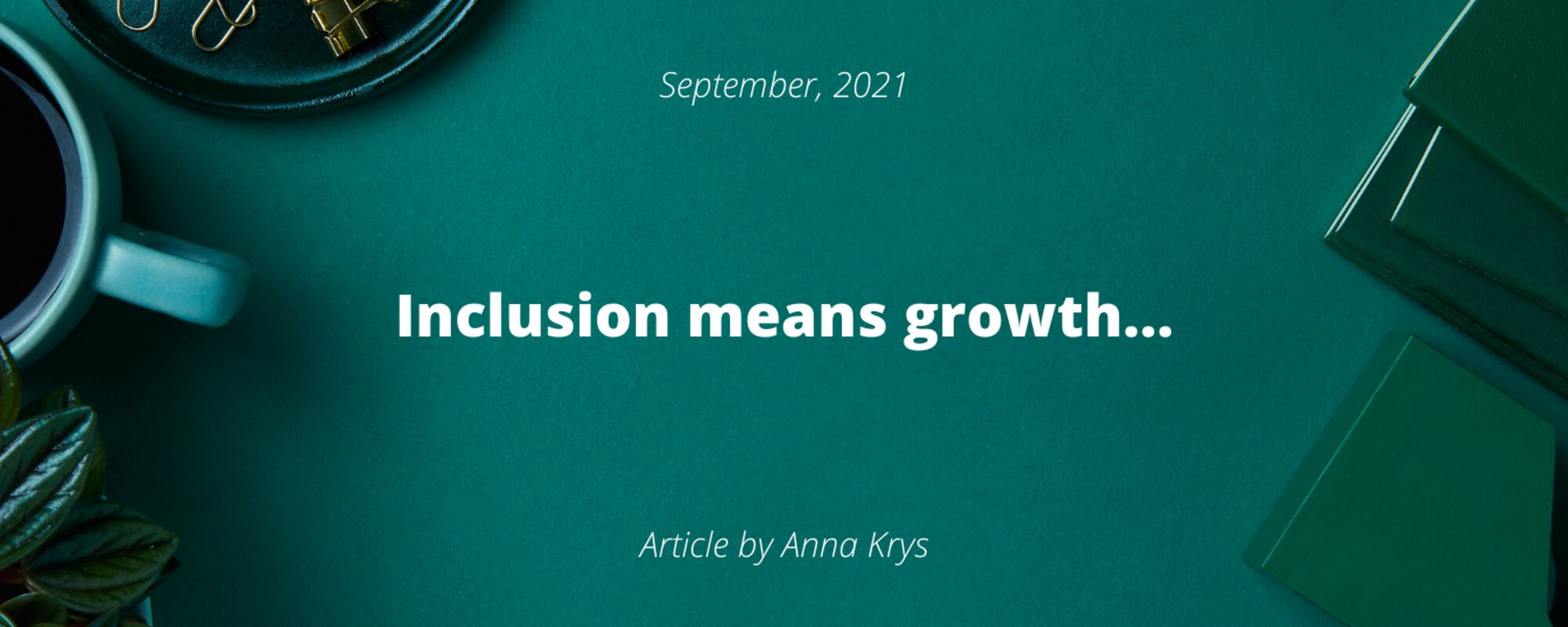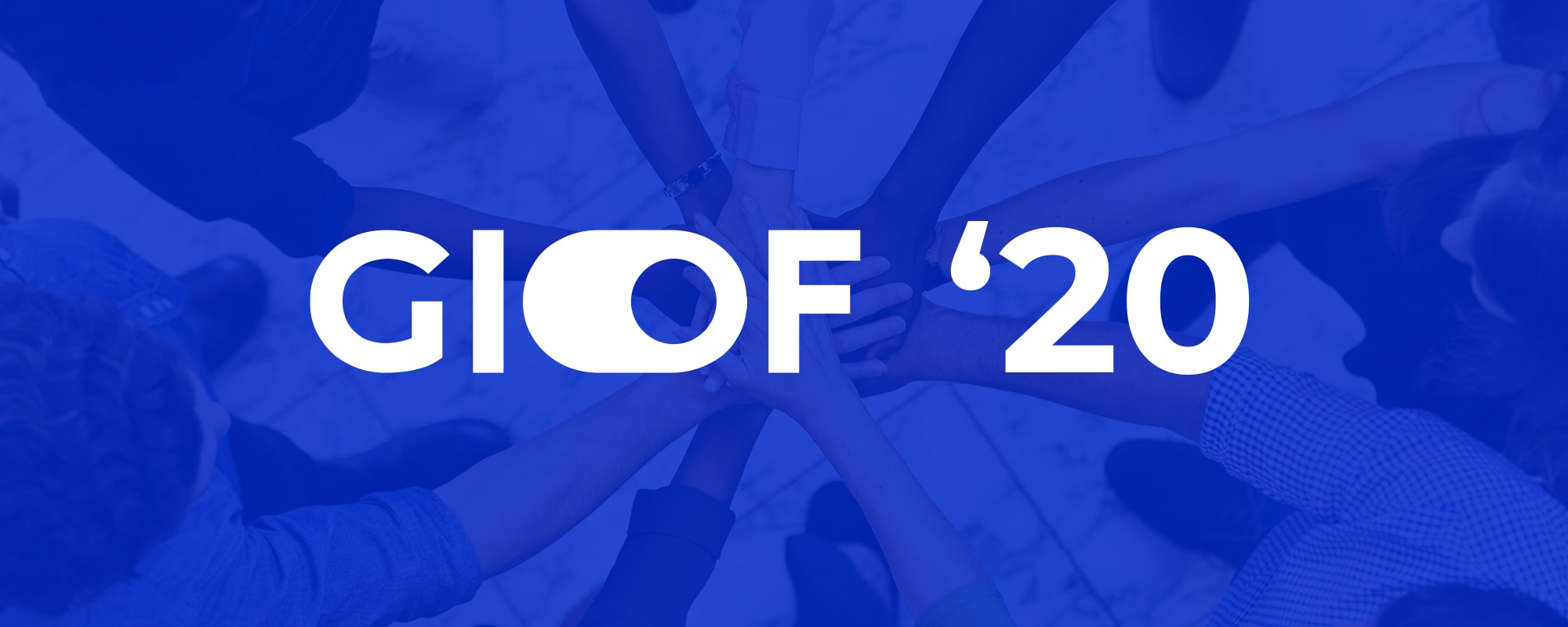ANNA KRYS ON DIVERSITY & INCLUSION IN GCC’S EVER-GROWING RETAIL SECTOR

For many years, “diversity” in fashion and retail was often more about visual impact than about being representative. Today, these token nods to diversity & inclusion are beginning to give way to real inclusivity as the industry moves from eye-catching imagery towards meaningful change in the workforce. This is being driven by consumers demanding that corporate values reflect their own, and by employees and stakeholders clamoring for change.
Diversity, accessibility, and inclusion are concepts that have recently become increasingly popular around the world. The Gulf Cooperation Council, being home to nearly all nationalities and ethnic backgrounds in the world with its diverse expat workforce has also been affected by global diversity trends.
The main reason behind this is that many GCC retailers represent a slew of international brands as franchisees. These brands have been cautious with their international expansion and aimed to pass the associated costs and risks onto the franchisee. As a result, those franchisees now control consumer access to the brands and have invested heavily in their brick-and-mortar outlets.
Nike is one of the best examples.The mannequins in Nike stores look like the real people among their customers who buy medium or large sizes in sports apparel. Nike has also released a sports hijab to accommodate women who might want to exercise and train with an outfit that fits their needs. The Pro Hijab allows Muslim women to participate in sports while minimizing the practical challenges of wearing a religious item of clothing. Nike has also designed accessible sneakers for those who experience trouble tying their shoelaces or putting on their shoes while standing up. The Nike commercial titled “What are girls made of?” features a stereotypical song about “girly” things like flowers and marmalade but ends with the girl dreaming of becoming a soccer player.
One more example is the Tim Hortons restaurant chain. We were pleasantly surprised to see Tim Hortons cafes around Dubai had some customer service employees with hearing impairments. Though there is very little information about the chain’s D&I programs on their website, I’m sure that the chain would not be hiring such individuals without special policies and programs in place. Usually, GCC-based employers avoid hiring expatriate workers with disabilities.
However, the growing D&I trend is not limited to big-name global brands. There are some interesting examples that apply specifically to GCC. One of the main areas of inclusiveness in retail, where local players have all the conditions and freedoms is accessibility. It can be divided into two components: on-site infrastructure accessibility and online accessibility.
Shopping malls as a cultural norm
Realistically, accessibility for all is a work in progress, but some shopping malls are leading the way. They understand that they need to be more welcoming and inclusive to meet the needs of every type of person and attract more customers when their malls are open. This, of course, means more profits for them and more happy shoppers who will enjoy an excellent shopping experience doing what everybody in the world does.
The Dubai Mall
The Dubai Mall is the world’s largest. It sits directly alongside the Burj Khalifa and is connected to it. The Dubai Mall is more than just a shopping center, as it contains an aquarium and many western dining options. Brands represented in the mall range from mid-scale to luxury. With more than 1,200 shops and services conducting business there, the mall’s 4 levels cover 5.4 million square feet. The Dubai Mall is also home to the Dubai Aquarium and Underwater Zoo, which features a shark tunnel. The SEGA Republic, an indoor video game amusement park, is largely accessible and located on the 2nd floor, above an ice skating rink. Elevators are available throughout the mall, as are wheelchair-accessible restrooms.

Mall of the Emirates
At the Mall of the Emirates, complimentary wheelchair service is easily available to visitors at all main entrances to the mall. This access is part of a move to support Dubai’s vision of becoming a disabled-friendly city. This particular shopping and lifestyle destination has always offered wheelchairs free of charge, but it has taken this feature one step further by making the chairs available to visitors as soon as they enter the mall, rather than having to navigate to a Customer Service Desk.
“As Dubai gears up to realize its ‘My Community’ vision, which aims to turn it into a friendly city for people of determination by eliminating obstacles to their inclusion, we want to do our part and set a positive example by making things even more convenient for them, so that they have a pleasurable experience and create great moments with us,” says Hussain Moosa, Director for Mall of the Emirates at Majid Al Futtaim Properties. “We don’t want visitors to have any trouble gaining access to a wheelchair, which is why they are now readily available for anyone to borrow at our entrances”.
Shopping malls in Oman
Although navigating retail environments can be extremely challenging for variously impaired shoppers, at City Centre Muscat and City Centre Qurum, shopping is easy for wheelchair users and others with limited mobility. These malls are dedicated to creating an inclusive space for all and strive to enhance accessibility for people with disabilities. Visitors to the malls are able to easily borrow a wheelchair free of charge at the customer service desks, and both malls also have dedicated parking spots close to the main mall entrance for people with disabilities.
Online accessibility for shoppers
Web accessibility and the use of websites by people who may have impairments are becoming increasingly important over the world, including in the GCC region.
The Click-Away Pound survey discovered that 71% of impaired customers will leave a website that is too difficult for them to use, and 82% of customers with accessibility needs would spend more money at their retailers of choice if the websites they visited were more accessible.
In fact, all internet users benefit from improved web accessibility, as it improves a website’s overall user-friendliness, leading to greater use and increased service take-ups. User-friendly navigation systems, additional captions, illustrations, a choice of font sizes, and superior content organization improve accessibility for everyone.

The World Wide Web Consortium (W3C) has issued an internationally recognized web accessibility approach called the Web Accessibility Initiative (WAI). The Web Access Initiative outlines the standards that should be met for optimal accessibility. Websites need to achieve a minimum level of AA but should strive for an AAA rating.
None of the top shopping websites in the GCC mentioned in this article have enough online accessibility features that would make them compliant with WCAG, according to our analysis at CFC Big Ideas. We looked at 5 retail websites—souq.com, manash.com, noon.com, sivvi.com, and namshi.com—and discovered that none of them fully meets web accessibility recommendations. Some of them are not suitable for users with visual impairments, as most elements are low contrast while finding text and moving content is read by the screen reader without any user actions, and there is no alternative text with images. Others lack headers on the main page, users cannot register from the keyboard, and the alternative text for images is incorrect.
COVID-19 has dramatically motivated retailers in the GCC to upgrade their e-commerce strategies. The uniqueness of the region’s attitude towards shopping and cultural significance should not be ignored.
Shopping malls are tourist destinations and meeting places that are a big step towards accessibility for everyone. What’s more, retailers acting as franchisees are keen to retain a direct link with shoppers. All of these factors influence how technology affects the retail trade in the GCC. Pure players will inevitably attract a certain segment of the market, but the rise of e-commerce could act as a catalyst, enriching the bricks and mortar retail experience rather than replacing it outright.
Still, retail companies, especially big players, need to consider the availability of their online services and remove all the web accessibility barriers that still exist on their sites—not only because it’s “the right thing to do,” but mostly because it will improve the customer experience, attract new shoppers, and bring more income to their business. The shopping malls already provide excellent service and customers prefer to be treated at the same high level while shopping online.
Customers and employees are putting increasing pressure on fashion companies to become proactive advocates of inclusion, rather than being reactive laggards. More companies are raising inclusion as a higher priority, embedding it across their organization and hiring dedicated leadership roles, but there's still a lack of inclusive brand stories across the GCC and much room for further development.
Taking that into consideration, the D&I trend is expected to intensify both among local players and in the offices of global brands in the next few years. Those who succeed in this will have a chance to win the appreciation of their customers and increase their market share.

 Blind Hiring Summit: Embracing the New Age of HR
Blind Hiring Summit: Embracing the New Age of HR DEI Data Summit
DEI Data Summit Diversity Fatigue Summit
Diversity Fatigue Summit GIOF 2022 Annual Meeting
GIOF 2022 Annual Meeting Banking for everyone: Arising accessibility trends in banking and financial services
Banking for everyone: Arising accessibility trends in banking and financial services GIOF 2021
GIOF 2021 GIOF 2020
GIOF 2020